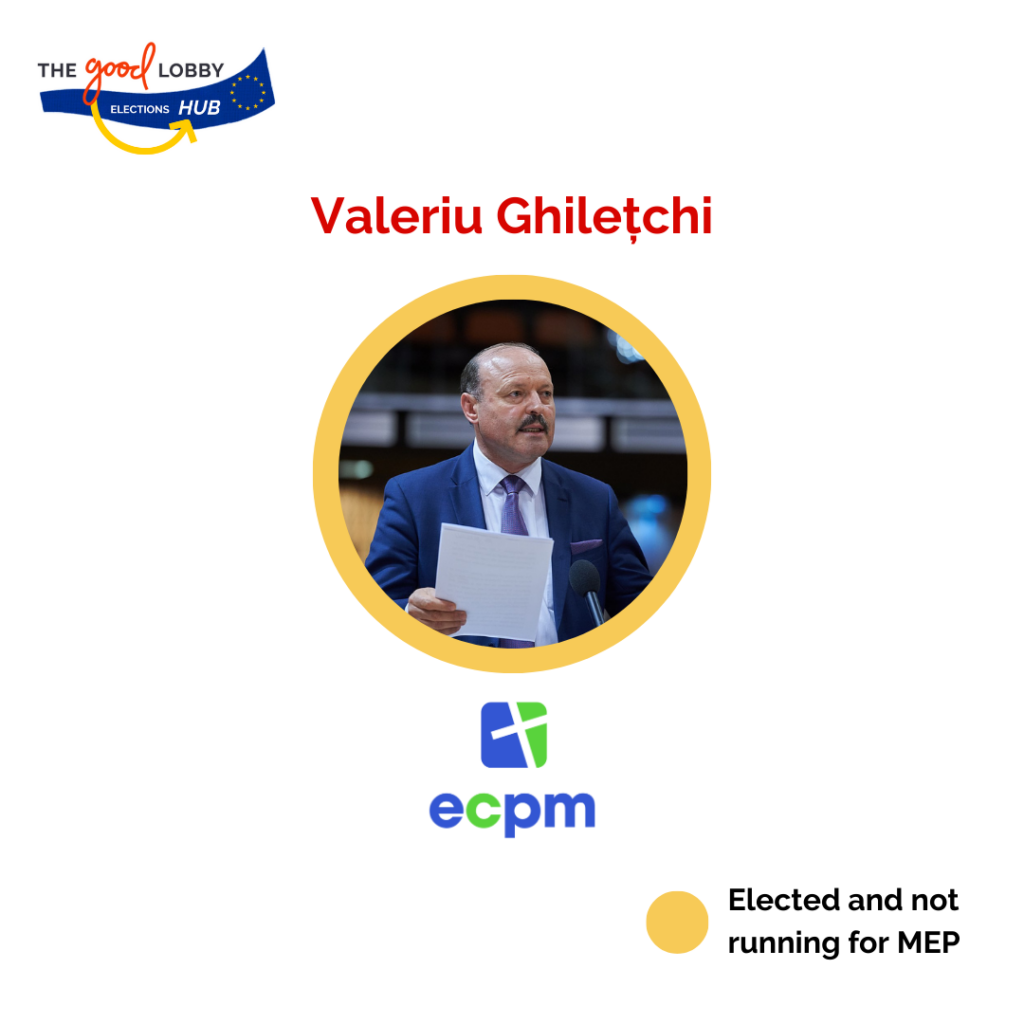After revealing how civil society organisations, citizens’ movements and individual citizens can contribute to the European parties’ election manifestos and evaluating each European party’s manifesto from a civil society perspective, The Good Lobby looked at the Spitzenkandidaten electoral process to assess its democratic nature.
For the European elections, each Europarty appoints a Spitzenkandidaten, a lead candidate. The Spitzenkandidat of the political party that wins the most seats is then the candidate proposed by the European Council to the European Parliament for the Presidency of the European Commission. This method of selection makes the Europarties the main vehicles of the campaign for the Presidency of the EC.
We have classified all the Europarties according to a traffic light system, where green indicates that the candidate has been elected and is running for MEP; orange indicates that the candidate has been elected but is not running for MEP; and red indicates that there is no definite candidate.

- Marie-Agnes Strack-Zimmermann (Germany/Free Democratic Party)
- Democracy Ranking: Green (elected & running for MEP)

Lead Candidates:
- Terry Reintke (Germany/Bündnis 90/Die Grünen)
- Bas Eickhout (Netherlands/GroenLinks)
- Democracy Ranking: Green (elected & running for MEP)

Lead Candidate:
- Nicolas Schmit (Luxembourg/Luxembourg Socialist Workers’ Party)
- Democracy Ranking: Orange (elected & not running for MEP)

- Maylis Roßberg (Germany/South Schleswig Voters’ Association)
- Raül Romeva (Spain/Republican Left of Catalonia)
-
- Democracy Ranking: Green (elected & running for MEP)

Lead Candidate
- Sandro Gozi (France/Renaissance)
- Democracy Ranking: Green (elected & running for MEP)

Lead Candidate
- Walter Baier (Austria/Communist Party of Austria)
- Democracy Ranking: Green (elected & running for MEP)

- Ursula von der Leyen (Germany/CDU)
- Democracy Ranking: Orange (elected & not running for MEP)

- None announced, upcoming ECR Congress (TBC)
- Democracy Ranking: Red (not announced)

- Anders Vistisen (Denmark/Danish People’s Party)
- Democracy Ranking: Red (he will participate in the lead candidate debates but ID rejects the principle of electing a Spitzenkandidat)

- Valeriu Ghilețchi (Moldova/Alliance for European Integration)
- Democracy Ranking: Orange (unclear whether he can run for MEP)
The table above identifies the Spiztenkantidat of each Europartite. In order to assess the democratic nature of the electoral process, we have classified all Spiztenkantidaten according to a traffic light system, where green indicates that the candidate has been elected and is standing for the European Parliament; orange indicates that the candidate has been elected but is not standing for the European Parliament; and red indicates that there is no definite candidate.
* The distinction between European political parties and political groups is often misunderstood. Like in many parliamentary systems, candidates run in party lists. When elected, they enter the Parliament via a political group. Whereas in many cases, parties and groups follow a 1:1 correlation (i.e. EPP and EPP Group, or PES and S&D), Renew Europe Group is an outlier as it is composed of ALDE, EDP, and Renaissance. The first two are actual European political parties, registered at the Authority for European Political Parties and European Political Foundations. Renaissance, on the other hand, is not. For this reason, we have decided to exclude from this list Valérie Hayer (France/Renaissance), who was recently selected as lead candidate for Renaissance, making her one of the three lead candidates of the Renew Europe Group.
Learn more about The Good Lobby’s work on the EU Elections
Visit the dedicated page by clicking on the button on the right